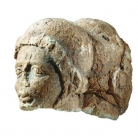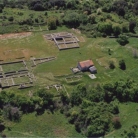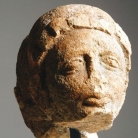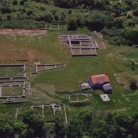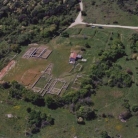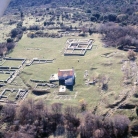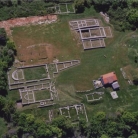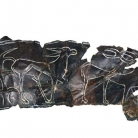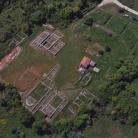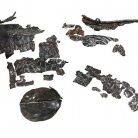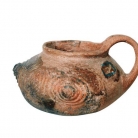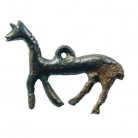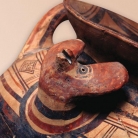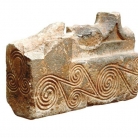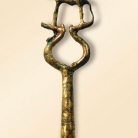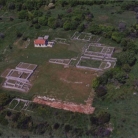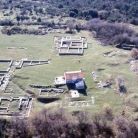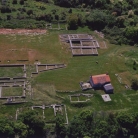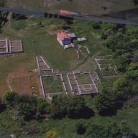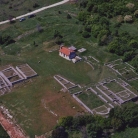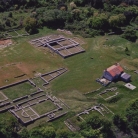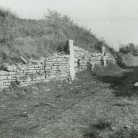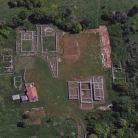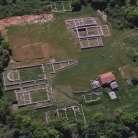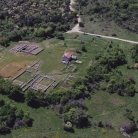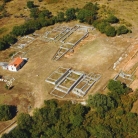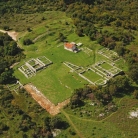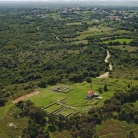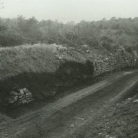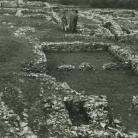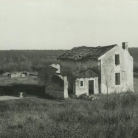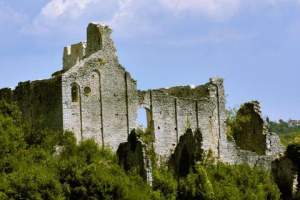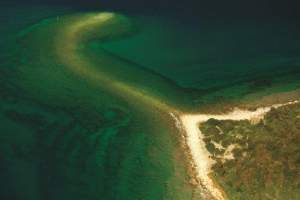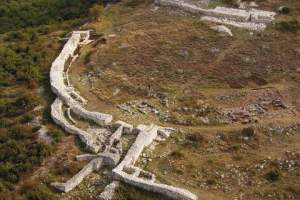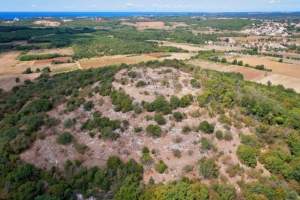Nesactium
Nesactium was the seat of the Histri, the Iron Age people who inhabited Istria. Numerous archaeological findings show its permanent population, from the prehistoric era until the Late Antiquity.
The archaeological site Nesactium is located on the Glavica hill near Valtura, east of Pula, above a fertile valley and the Budava Bay. Nesactium is thought to have been the seat of the Histri, a people of the Indo-European descent who were formed in the early Iron Age after the settlement of today's Istria peninsula.
The oldest traces of the hill located settlement stem from the Bronze and Iron Ages. Glavica's steep hills provided good defence as the structure was encircled by several wall layers from the hill bottom. Some walls are of Roman descent. They were in use until the late Antiquity. Between the walls and the settlement, two terraces are still recognizable. Archaeologists think these are prehistoric sites. The appearance of the prehistoric site is not known. However, it can be stated with confidence that there was life in Nesactium from the 9th until the late 6th or the early 7th century until the break in of the barbarians and the Slavs who destroyed all ancient settlements.
Along with the western part of the walls, between the Roman and the prehistoric gates, a prehistoric necropolis with as many as 114 graves was found. Iron Age graves containing urns existed beyond the zone, below the remains of the Roman temple and the urban villa. Numerous votive artefacts have been preserved in the graves, including the urns, ornamentally decorated stone plates or sculptures.
Historic sources say that the Histri used boats for controlling the sea around south Istria and intercepted Roman and Greek ships, which caused Rome to start destroying the fleet and hilltop settlements during the first war in year 221 BC. Histrian tribes united under Epulon in an attempt to prevent the Romans from going forward. However, following two years of defeats and the siege of Nesactium, Epulon and his warriors allegedly committed suicide in 177 BC, after which the Histri had to accept the Roman rule.
The site today is an archaeological park with conserved architectural remains from the Roman and Late Antiquity periods.
T: + 385 (0)52 351 300
info@ami-pula.hr
www.ami-pula.hr












